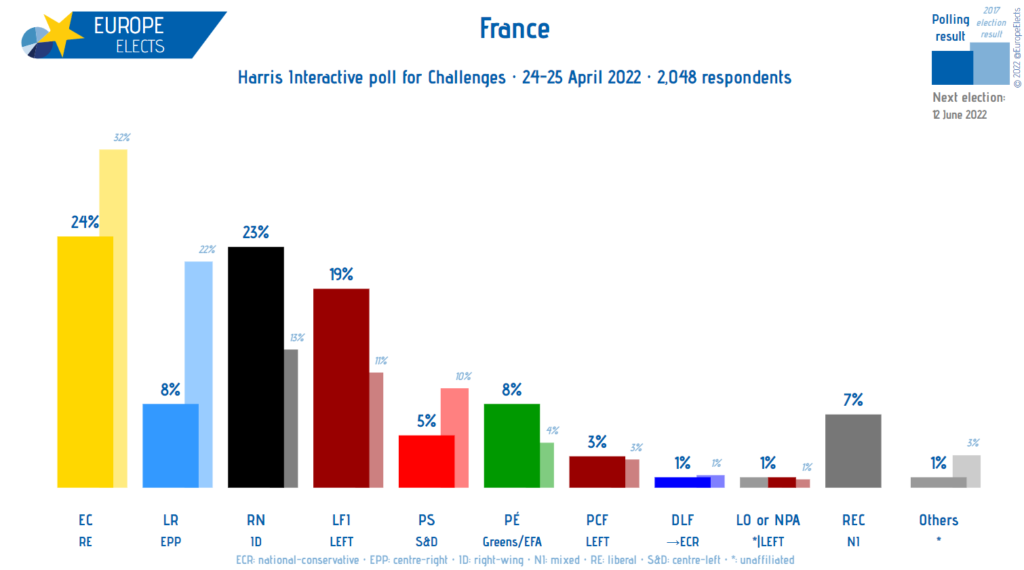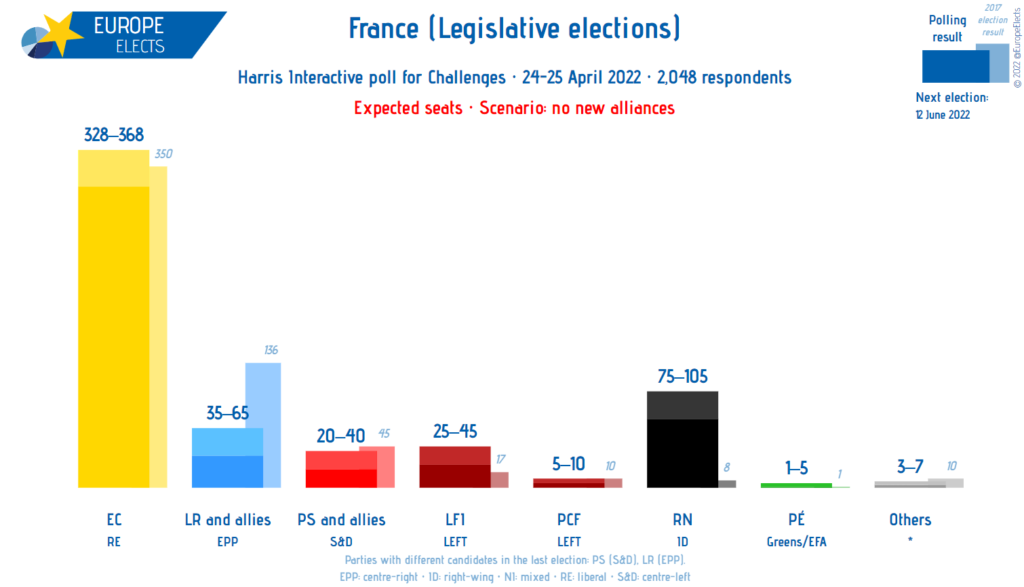Published 8 April 2022. I abstain every Friday that is not a Holy Day of Obligation and on Wednesdays as counselled by the Old Carmelite Rule.
From Crisis
By John M. Grondelski, PhD
Practicing Catholics will today have kept six meatless Fridays (well, five this year if you indulged on the Solemnity of the Annunciation). If we count Good Friday next week and Ash Wednesday five weeks ago, we’re practically “done” with all the officially designated days of abstinence in 2022 in the United States. Just one more Friday to get through……or maybe not?
Having learned something of the traditional Catholic discipline of abstinence over these past six Fridays, let me propose something: we keep to it! We honor the discipline in our heart and try to keep it all the year.
Not that long ago (at least in the life of the Church), Friday abstinence was a normal thing for Catholics. Catholics “giving up” meat on Fridays was the norm, not the exception.
Then came 1966.
In 1966, the Catholic bishops of the United States abrogated the formal obligation of abstinence on Fridays outside of Lent. Their “pastoral statement“ reminded Catholics that Friday, the day that commemorates the Lord’s Passion, remained a day of penitential observance (no. 18). The bishops wrote that Catholics should deepen their spirit of renunciation and penance and, though other penitential acts could substitute for abstinence from meat, the latter did retain pride of place (no. 24).
Unfortunately, what most Catholics in the United States heard was “pass the hamburgers!” Lou Groen’s 1963 experiment that got Filet-o-Fish onto the McDonald’s menu would soon be undercut.
The logic of the bishops was that mature adult Catholics would understand and recognize the need for penance as a permanent feature in the Christian life and adapt the form that was their “most effective means of practicing penance” (no. 19). However laudatory in principle that idea might have been, retrospect strongly suggests it was, at best, naïve. Instead of letting “a thousand penitential flowers bloom,” penance withered away.
(If you doubt that, think back to the confessional lines on a typical Saturday afternoon and evening—yes, Virginia, many parishes had an hour of Saturday night confessions years before there were Saturday night vigil Masses—and compare them to today.)
After 56 years, the results are in and, if “by their fruits you will know them” (Matthew 7:20), the bishops’ 1966 penitential tree hasn’t borne much. Like the barren fig tree (Luke 13:6-9), there seems to be good reason to cut it down and clear the ground.
The Bishops of England and Wales have already done that. Unlike their American brothers, they attempted, in 1985, to reemphasize the need for real Friday penance. When that admonition of “do some kind of penance or abstain from meat” also withered on the vine, the English and Welsh bishops decided to act. As of September 2011, mandatory abstinence was restored as the norm for all Fridays.
Not being sanguine about the willingness of the United States Conference of Catholic Bishops to act collectively in a way that some might imagine questioning a “post-Vatican II development”—regardless of the evidence for the alleged “development’s” failure—there is an alternative: individual bishops, or at least the bishops of ecclesiastical provinces, might reinstate mandatory Friday abstinence. Not being a canonist, I cannot say whether there is some ecclesiastical norm that requires national uniformity on these matters (inasmuch as episcopal conferences, while having no munus docendi, nevertheless have been used to set common disciplines).
However, even if there was no such requirement, leaving matters to geographic incongruity creates the impression that the “rules” are purely arbitrary (consider that Ascension Thursday, May 26, will be a holy day in Pennsylvania but not in Ohio), which feeds doubts about essential matters of the faith (e.g., the ineligibility of divorced-and-remarried couples from receiving Communion, a teaching applied in Poland but not so much in Germany). The best response would be for all the bishops to get on one page.
Until that happens, there is another alternative: do it yourself.
Having accustomed yourself these past six weeks and obliged for one more to the discipline of Friday abstinence, let’s just continue. Let’s keep it for two more weeks, three more, four more…
The purpose of Lent is to remind Catholics of an essential truth: that penance and conversion from sin is a constant feature of the Christian life and that we ought to pay attention to it. That insight is permanent: it has no expiration date, certainly not one of forty days. So, if we have been serious about what we have done in Lent, then let’s honor it in our hearts and try to keep it all the year.
That requires no bishop. It requires your decision and commitment.
Making that commitment addresses one aspect of what the bishops tried to do in 1966: having Catholics personally appropriate the decision to do penance. Recovering that essential dimension of life by individual Catholics is vital.
But Catholics are not just individuals. They are not a herd of cats who happen to be under one church roof at one time. As Vatican II reminded us, “God…does not make men holy and save them merely as individuals, without bond of link between one another. Rather has it pleased Him to bring people together as one people” (Lumen Gentium, no. 9).
Paradoxically, it is this Vatican II teaching, this communal dimension of penance, that the 1966 “Pastoral Statement” undermines.
Communities share common practices and customs. Abstinence was one of them that embodied the commitment to penance. Its evisceration did not just affect how individual Catholics did penance; it affected the ecclesial ethos; it weakened the community in its penitential practice and witness.
Once upon a time, Catholics (aka “fish eaters”) had a certain visibility on Fridays. This dietary practice made them stand out. Our current “penitential discipline” does not.
“Standing out” should not be motivated by virtue-signaling. Do “not practice your righteousness in front of others to be seen by them” (Matthew 6:1). But don’t hide it under a bushel basket either (Matthew 5:15).
One’s motive is not to display one’s piety or penance. But it is a good thing if, in the exercise of one’s piety or penance, others are inspired by example to recognize: “I should be doing that, too.”
So, as Lent winds down, how about resolving to make Friday abstinence part of your life?
And, lest it become just your individual “thing,” how about recruiting some family or friends to join in?













